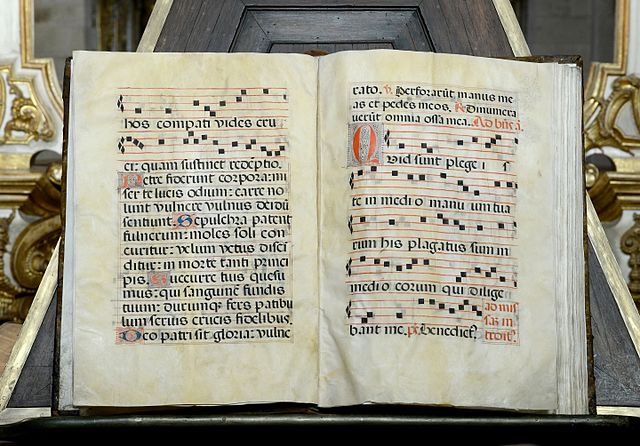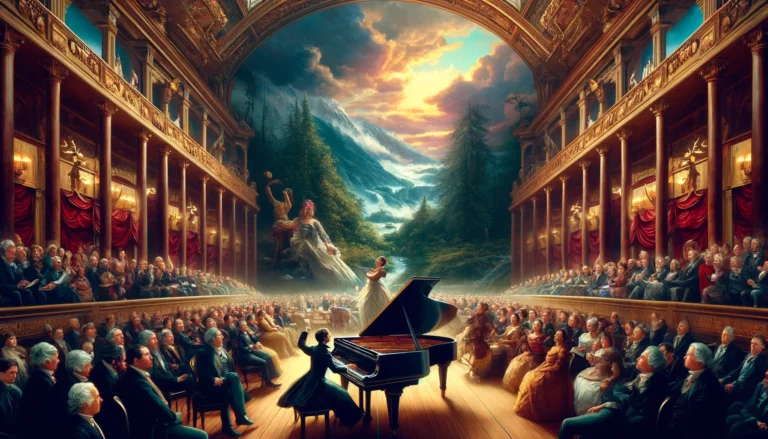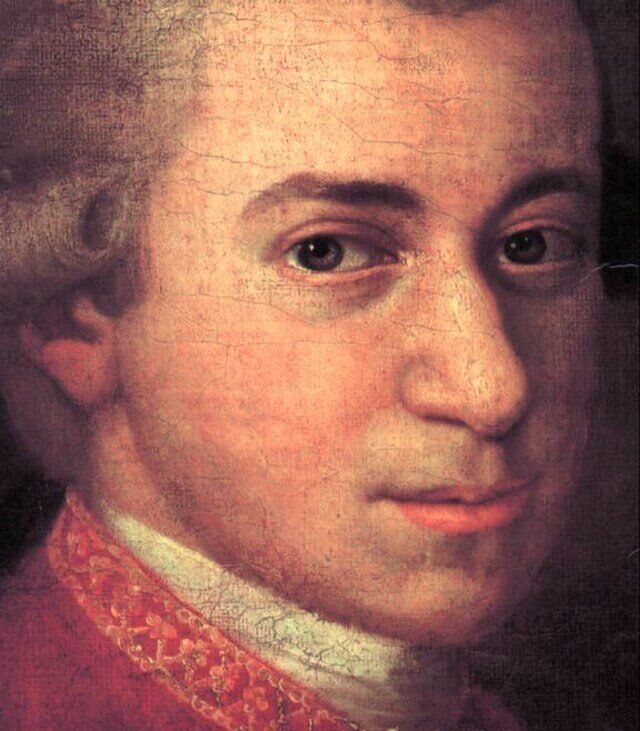In the annals of music history, the Baroque era stands as a beacon of artistic innovation and expression. From the ornate compositions of Johann Sebastian Bach to the grandeur of George Frideric Handel’s masterpieces, Baroque music left an indelible mark on the classical composers who followed in its wake. In this article, we delve into the profound influence of Baroque music on classical composers and explore how its legacy continues to resonate in classical compositions today.
The Baroque Aesthetic: Ornamentation and Contrapuntal Mastery
At the heart of Baroque music lies a rich tapestry of intricate melodies, elaborate ornamentation, and contrapuntal complexity. Composers of the Baroque era, such as Bach, Handel, and Vivaldi, embraced the art of ornamentation, adorning their compositions with flourishes, trills, and embellishments that captivated audiences with their virtuosity and elegance.
The contrapuntal mastery of Baroque composers, exemplified in Bach’s intricate fugues and Handel’s majestic choruses, laid the foundation for the development of classical forms such as the sonata, symphony, and concerto. The intricate interplay of voices and instruments in Baroque compositions served as a blueprint for classical composers, inspiring them to explore new horizons of expression and creativity.
Transition from Baroque to Classical: Innovation and Evolution
As the Baroque era gave way to the classical period in the late 18th century, composers sought to break free from the constraints of Baroque ornamentation and embrace a new aesthetic characterized by clarity, symmetry, and emotional depth. Figures such as Mozart, Haydn, and Beethoven emerged as pioneers of the classical style, forging new pathways of artistic expression while drawing inspiration from the rich heritage of Baroque music.
Mozart’s mastery of form and structure, evident in his symphonies, operas, and chamber works, reflects a synthesis of Baroque contrapuntal techniques with classical elegance and grace. Haydn, often hailed as the “father of the symphony,” expanded the orchestral palette with his innovative use of instrumentation and thematic development, building upon the foundations laid by Baroque composers.
The Legacy of Baroque Music: Enduring Influence and Inspiration
While the classical period marked a departure from the ornate complexities of the Baroque era, the legacy of Baroque music continued to exert a profound influence on composers throughout the centuries. The expressive depth and emotional intensity of Baroque compositions, epitomized in works such as Bach’s St. Matthew Passion and Handel’s Messiah, served as a touchstone for composers seeking to imbue their music with timeless beauty and significance.
Even in the modern era, traces of the Baroque aesthetic can be found in the works of composers such as Stravinsky, Shostakovich, and John Adams, who drew upon Baroque forms and techniques to create music that speaks to the human experience with unparalleled poignancy and resonance.
In conclusion, the influence of Baroque music on classical composers is a testament to the enduring power of artistic innovation and creativity. From the ornate intricacies of the Baroque era to the classical elegance of the 18th century, the legacy of Baroque music continues to inspire and enrich the world of classical music, serving as a timeless source of inspiration for generations of composers to come.
By embracing the legacy of Baroque music, classical composers have forged a bond with the past while paving the way for the future of music—a legacy that continues to echo through the halls of concert halls and resonate in the hearts of music lovers around the world.



